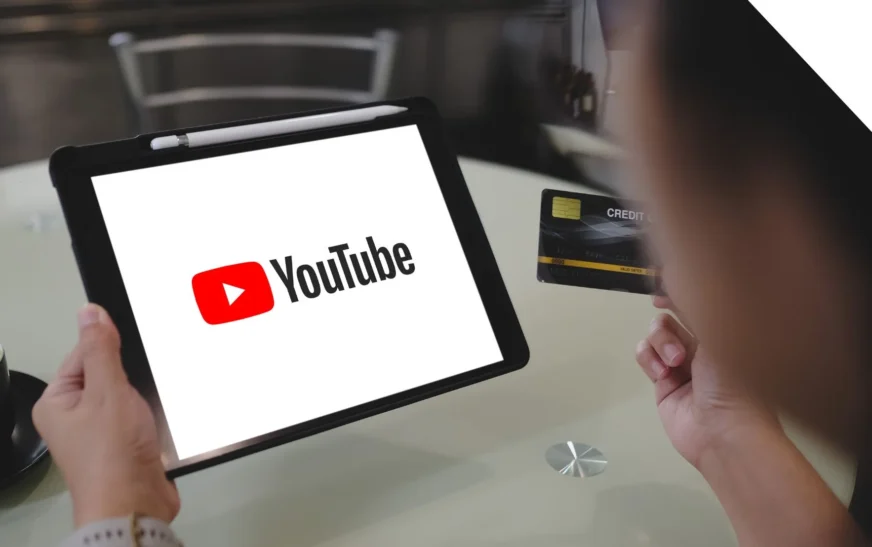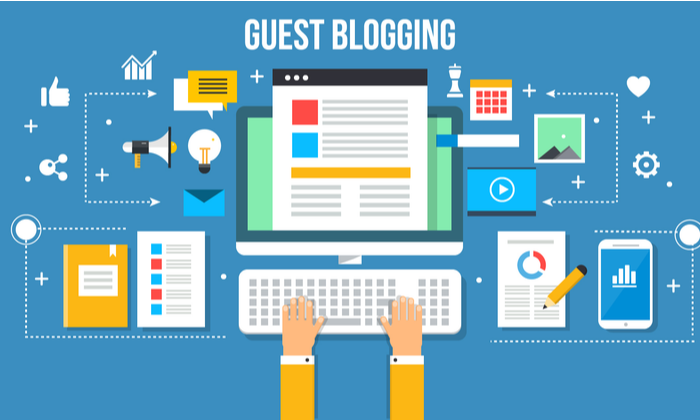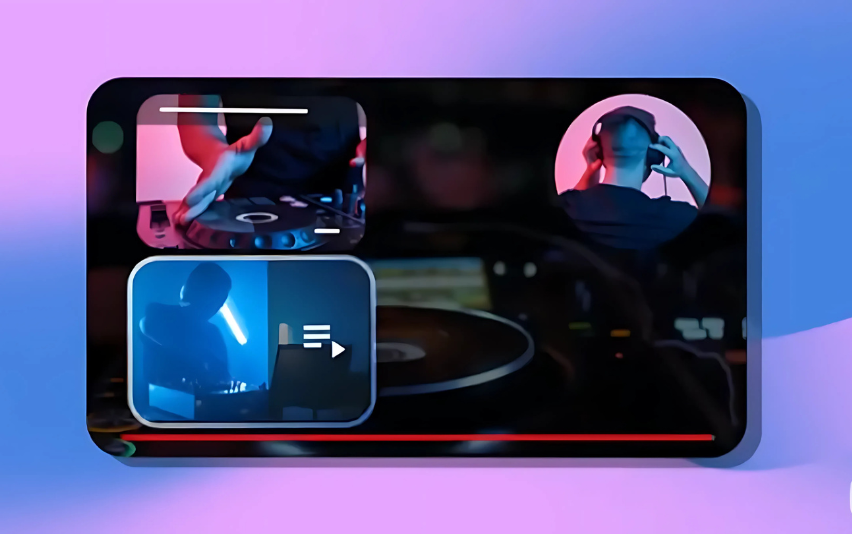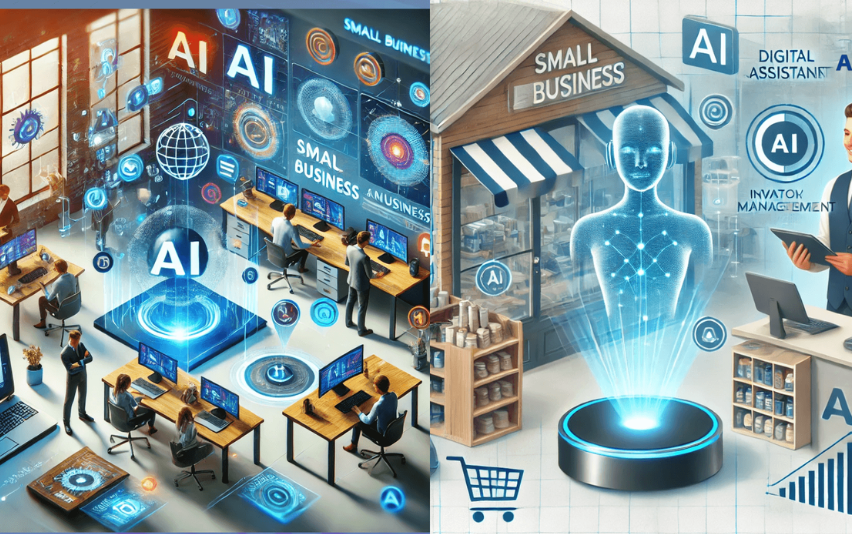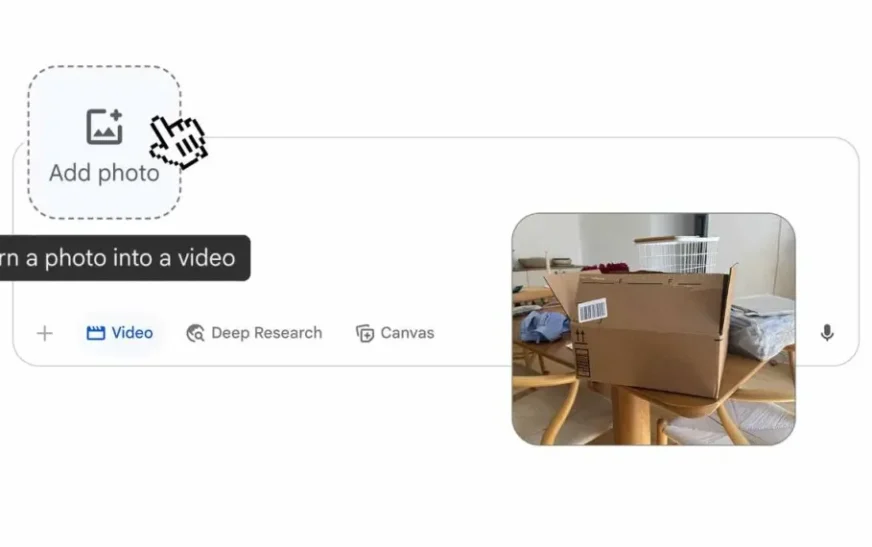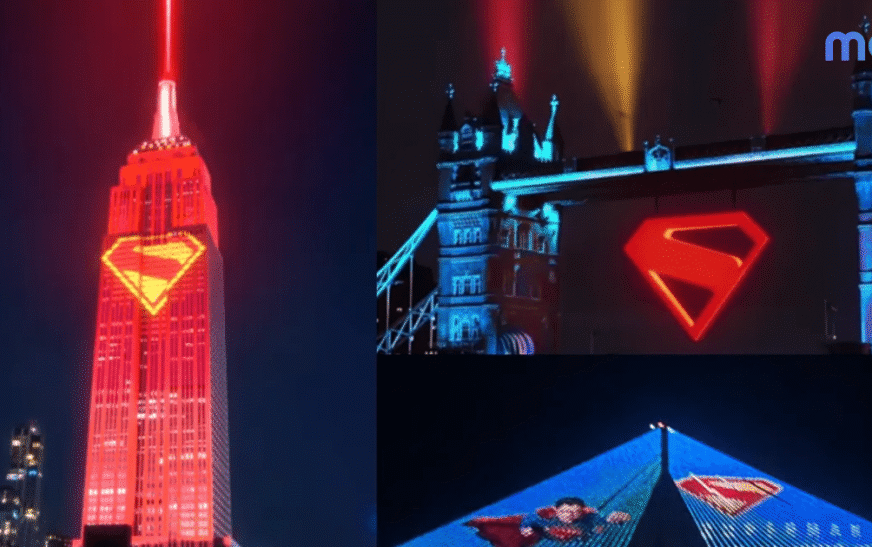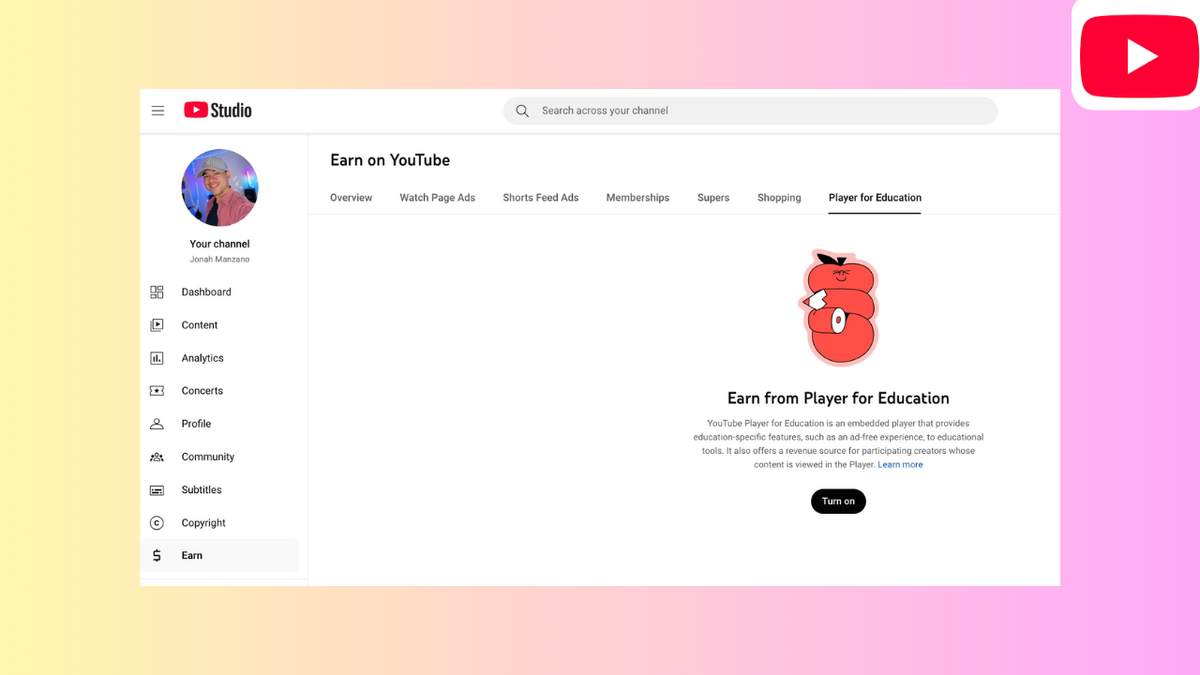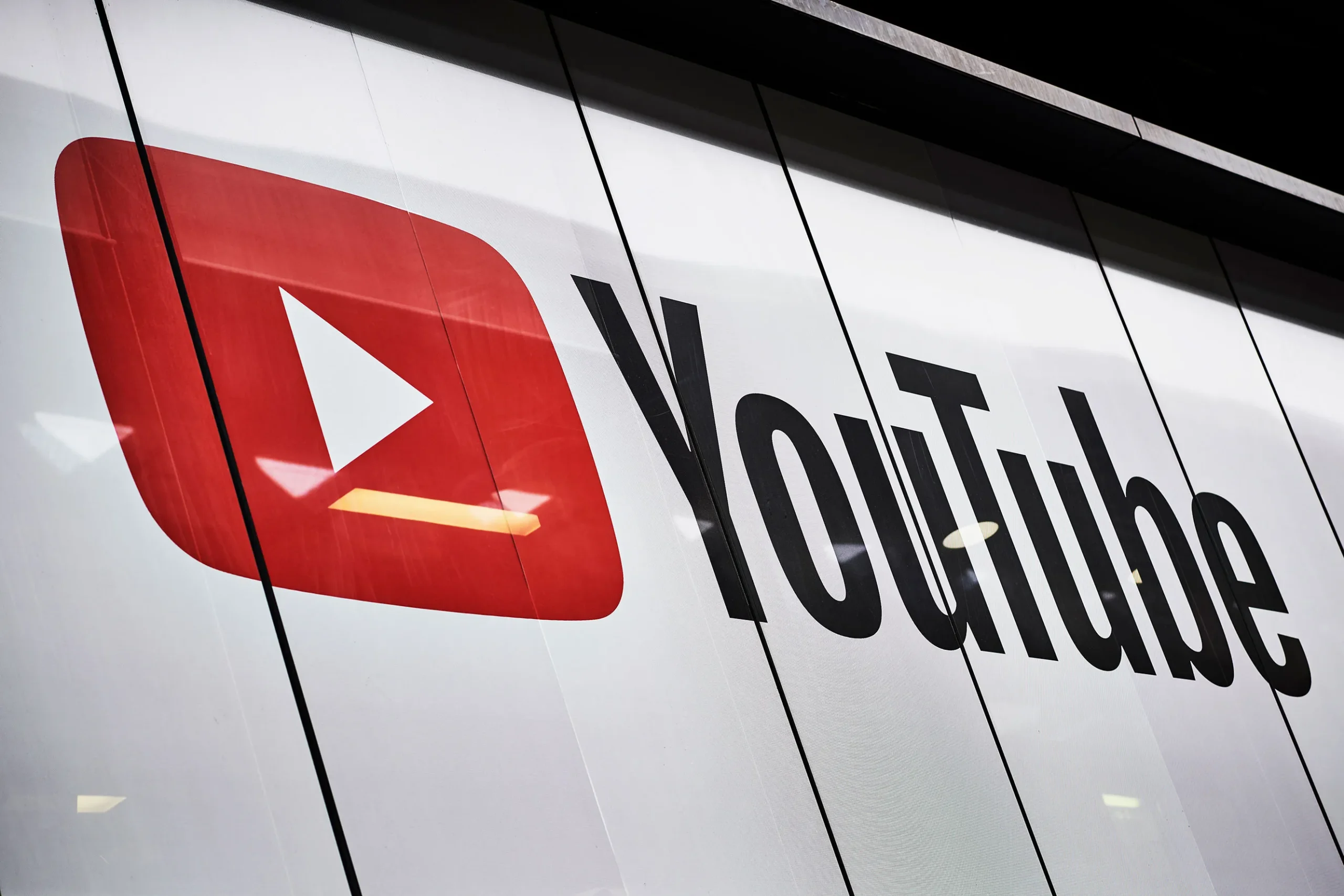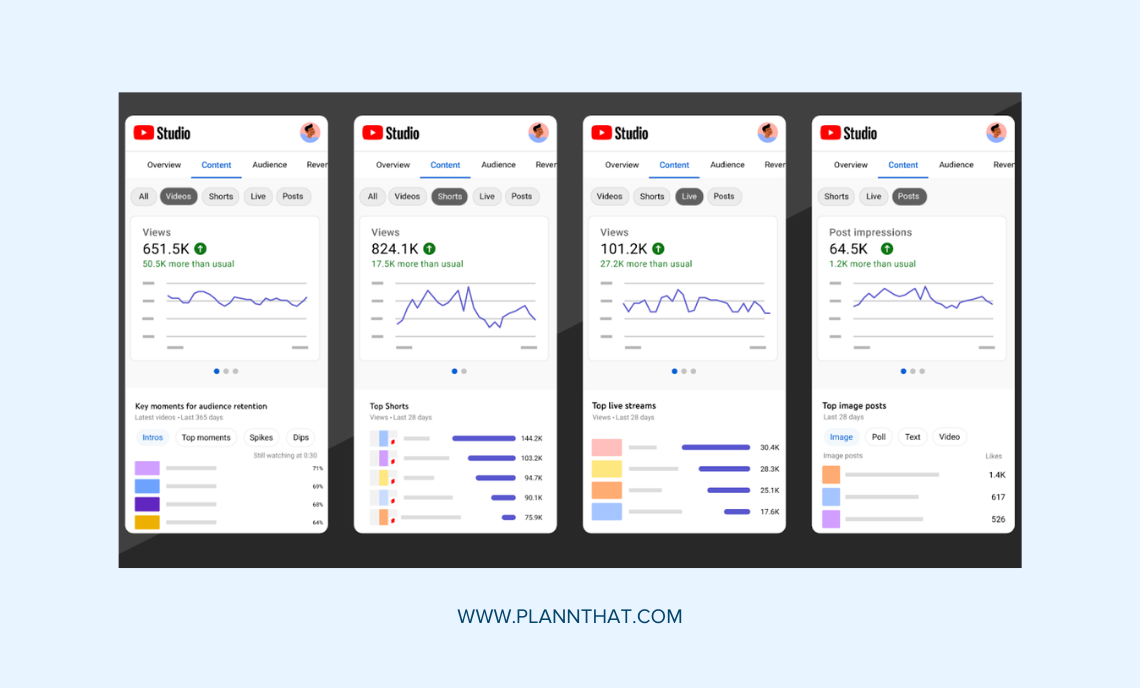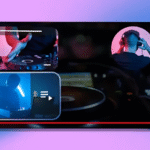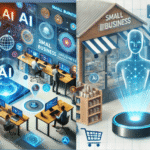Intro: What YouTube’s Clarified Monetization Update Means
On July 15, 2025, YouTube rolled out a refined monetization policy under its Partner Program (YPP), clarifying its stance on what counts as inauthentic content. According to head of Editorial & Creator Liaison, René Ritchie, this update is a “minor refinement” aimed at better detecting mass‑produced or repetitive videos, not a broad demonetization of AI or reaction channels.
1. What Is “Inauthentic Content”?
YouTube defines inauthentic content as videos that are mass‑produced, templated, or only superficially different from each other—think multiple slideshows with identical narration or channels pushing out near‑duplicates. Note this is a renaming of the older “repetitious content” rule, now better aligned with today’s spam tactics.
2. Why the Update?
- Combatting AI slop and spam: With generative AI tools like Sora and Veo flooding platforms with low‑effort content, YouTube wants to draw a clearer line.
- Protecting viewer and advertiser trust: YouTube emphasizes that spam-like videos degrade experience and ad value.
- Enhancing policy clarity: This is not a new rule but an enforcement boost to existing guidelines under YPP.
3. Formats Not Affected by the Update
Contrary to early rumors, the update does not demonetize:
- Reaction videos
- Clips or compilations
- AI‑enhanced videos
— provided they are original, significantly transformed, and add genuine commentary.
YouTube clearly states you can still monetize reused content as long as it adds original commentary, modifications, or educational/entertainment value.
4. Creators: How to Stay Monetization‑Safe in 2025
a) Ditch low‑effort templated formats
Avoid mass‑produced slideshows or faceless narration channels using identical footage with minimal edits.
b) Transform reused content
If you feature clips or compilations, add clear value—commentary, criticism, or story-telling improvements.
c) Use AI, but smartly
AI tools are permitted for enhancements, not as content automation. Be transparent if AI significantly alters audio or visuals.
d) Audit your catalog
Before July 15, review all uploads to identify duplicate patterns or repetitive templated content.
5. What Happens If You Don’t Comply?
YouTube hasn’t detailed exact penalties, but creators point to possible outcomes:
- Reduced visibility
- Limited or revoked monetization
- Possible removal from YPP
As Search Engine Journal notes, while the language is clarified, enforcement may now catch channels that slipped under the radar.
6. What This Means for AI‑Generated & Reaction Channels
- AI‑generated videos are not banned—only those with minimal transformation and originality.
- Reaction and commentary formats remain monetizable—if creators add meaningful insights.
- Faceless educational formats are safe, provided they avoid repetitive templating .
One Reddit creator summarized:
“Don’t do generic low effort content and expect to be paid for.”
7. Tips to Reinforce Authenticity & Monetization
- Script with intention: Write original narration, not auto-readers.
- Add unique visuals: Avoid stock footage overuse; customize overlays and transitions.
- Layer in commentary: Think voiceovers with fresh insights, experiences, or humour.
- Diversify formats: Mix tutorials, reaction, behind‑the‑scenes, or personal story clips.
- Clearly disclose AI use: A good practice when realistic AI voice or footage is involved.
- Engage your community: Viewer comments, polls, and feedback promote algorithmic signals of authenticity.
8. FAQ: Answering Common Creator Concerns
| Question | Answer |
|---|---|
| Will this hurt reaction/content channels? | Not if you add significant commentary. YouTube reiterated there’s “no change to reused content rules” . |
| Is AI content banned? | No—allowed when AI enhances original content and is disclosed . |
| Is this a policy change or clarification? | More of a clarification and renaming, aimed at enforcement, not a new rule . |
| What if I monetize videos before July 15? | Past monetization isn’t automatically revoked—but future ad-eligibility depends on your content standard. |
9. Why This Matters for the YouTube Ecosystem
- Better viewer experience: Reduces spam and repetitive streams.
- Stronger ads ecosystem: Helps advertisers by linking ads to original and meaningful creators.
- Fairer playing field: Rewards creators who invest in writing, editing, and creativity.
- Encourages innovation: Incentivizes unique educational or entertainment formats.
Conclusion: Stay Authentic & Earn
To thrive under the July 15, 2025 update:
- Embrace originality
- Avoid mass‑produced repetition
- Use AI as a tool, not a content factory
- Audit your portfolio now to stay monetized
Creativity continues to pay—so long as it isn’t robotic.
This policy update isn’t a creator-punishing move—it’s YouTube’s effort to raise building standards. Creators who contribute original, thoughtful, and transformative content are not only safe but stand to benefit from clearer guidelines and improved platform trust. Avoid generic template uploads, lean into creativity, and you’ll continue to earn and grow in YouTube’s Partner Program.

